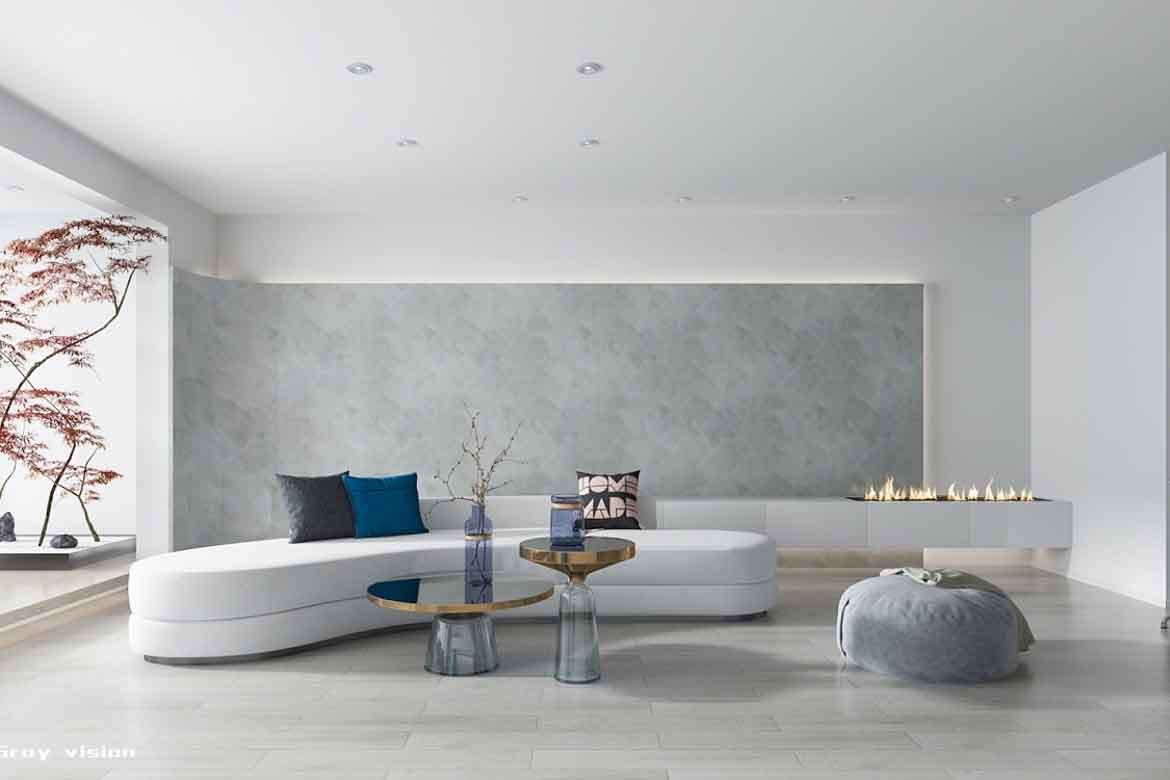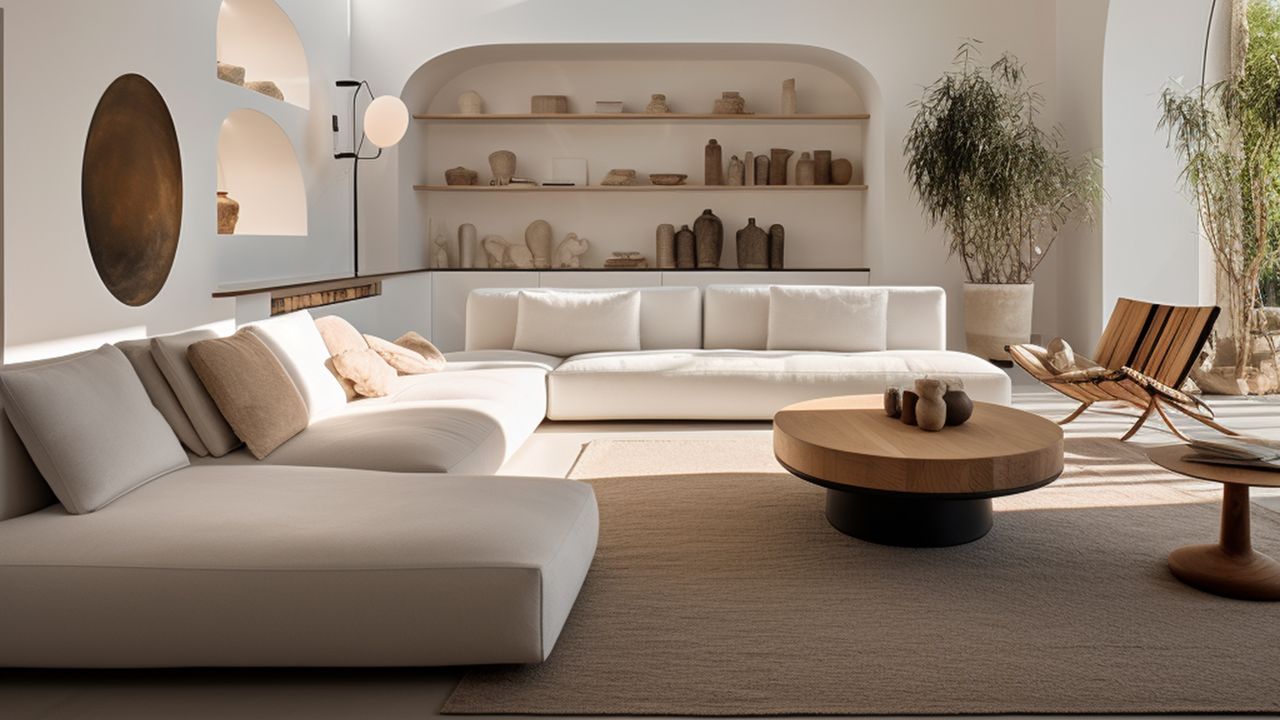Minimalism in Method: Effective Methods for Developing a Balanced and Intentional Home Atmosphere
The practice of minimalism provides a structured technique to cultivating a home atmosphere that reflects intentionality and balance. Integrating multi-functional furnishings and consistently reflecting on items adds to an area that reverberates with personal values.
Understanding Minimalism
Minimalism, commonly misconstrued as simple simpleness or a lack of ownerships, incorporates a profound viewpoint that motivates people to pare down their lives to what truly matters. At its core, minimalism has to do with intentional living, fostering a much deeper connection with oneself and the surrounding atmosphere. This lifestyle advocates for the elimination of excess, allowing people to concentrate on essential worths, experiences, and partnerships.
The minimalist approach prolongs past physical possessions; it urges individuals to assess their commitments, practices, and psychological clutter. By prioritizing quality over amount, minimalists seek to produce spaceâEUR" both literally and metaphoricallyâEUR" of what really improves their lives. This philosophy promotes mindfulness, advising individuals to participate in thoughtful decision-making regarding their time, sources, and energy.
Understanding minimalism needs a gratitude of its transformative capacity. It is not merely a pattern yet a calculated selection to embrace simplicity and quality. Via this lens, people can grow a more purposeful presence, leading to improved well-being and satisfaction. Eventually, minimalism works as a path to better fulfillment, motivating people to align their lives with their core values and ambitions.
Decluttering Your Room
A cluttered setting can considerably influence mental clearness and total well-being. To cultivate a calm and organized space, it is necessary to engage in a thorough decluttering procedure. Begin by assessing each room methodically, recognizing products that no more serve a function in your life or line up with your values. This process calls for honesty and discernment.
Begin with smaller sized areas, such as a cabinet or a corner of a room, and slowly progress to larger areas. As you arrange via possessions, classify products into three teams: keep, give away, and dispose of.
Integrate a timeline for your decluttering efforts to preserve momentum. Establish achievable goals, such as devoting 15 mins day-to-day to the job. When completed, consider implementing a "one in, one out" rule to avoid future accumulation. By developing a mindful approach to your ownerships, you create an even more willful home that promotes clearness and improves your general lifestyle. Accept the flexibility that includes a decluttered home, enabling a much more unified presence.
Curating Your Personal Belongings
Curating your personal belongings involves a thoughtful and intentional strategy to what you pick to maintain in your life. This process starts by examining each thing based upon its utility, nostalgic worth, and visual allure. By asking critical questionsâEUR" such as whether a product serves a function or brings you joyâEUR" you can make informed decisions regarding what really deserves a place in your house.
To effectively curate your possessions, consider developing categories. Team items by feature, belief, or regularity of usage, which can help clarify their functions in your every day life. This technique not only simplifies the selection process yet additionally promotes a much deeper gratitude for the belongings you select to keep.
As soon as you have identified your most valued things, concentrate on showing them in a manner that boosts their relevance. Thoughtful plan can change daily objects into significant centerpieces, contributing to a deliberate and tranquil environment.
Ultimately, the goal of curating your personal belongings is to cultivate a space that shows your values and lifestyle. By focusing on high quality over amount, you develop a harmonious atmosphere that advertises mindfulness and well-being in your house.
Creating for Functionality
Creating for capability requires a keen understanding of just how area and items connect within your home. Each product needs to serve reference a function, improving not only the aesthetic high quality of the environment yet likewise its usability. Beginning by examining the primary features of each space. For example, the kitchen area ought to assist in cooking and dish prep work, while the living area need to promote leisure and social communication.

Think about the flow of motion within each area, permitting all-natural transitions between spaces. This can be achieved through open formats or purposefully placed furniture that encourages flow.
Making use of upright area can additionally improve performance; set up shelves or wall-mounted storage space to maintain floorings clear. Highlight the importance of lights, as it can substantially affect how useful a room feels. By prioritizing utility and simpleness, you can produce an unified living setting that sustains both daily activities and individual wellness.
Keeping a Minimalist Lifestyle
Producing a useful room is only the first step toward embracing a minimalist way of living; the obstacle exists in preserving that simplicity over time. Embracing the "one in, one out" policy can efficiently stop build-up; for every brand-new item presented, an existing one should be gotten rid of.
An additional vital facet is mindfulness in usage. Being willful concerning purchases helps prevent impulse purchases that can clutter both mental and physical space. When shopping, consider whether a product adds authentic value to your life or lines up with your minimalist goals.

Finally, create a helpful environment by bordering on your own with like-minded people who value minimalism (Minimalism). Taking part in conversations or joining minimal communities can give motivation and accountability, making sure that simplicity stays a core principle in your life
Final Thought
In conclusion, the technique of minimalism promotes a deliberate and balanced click here for more info home atmosphere via methodical decluttering, thoughtful curation of items, and the prioritization of functionality in layout. By adopting techniques such as the "one in, one out" regulation and engaging with helpful areas, people can sustain a minimal lifestyle. This strategy not just lowers excess yet also boosts mindfulness, eventually adding to an extra purposeful and deliberate living experience.
Incorporating multi-functional furniture and consistently reflecting on belongings adds to an area that resonates with personal worths. By developing a conscious approach to your belongings, you produce an even more deliberate living room that promotes clearness and improves your general top quality of life.Creating for performance calls for an eager understanding of how space and objects communicate within your home.Developing a practical area is only the initial action toward welcoming a minimalist way of life; the difficulty lies in keeping that simpleness additional hints over time. Being deliberate concerning acquisitions aids avoid impulse gets that can mess both mental and physical room.